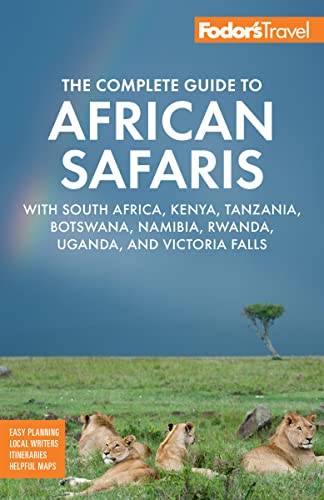Kenya's Tribes
Kikuyu
The Kikuyu account for almost 25% of the country's total population. Most Kikuyu live around Mt. Kenya, and because of the fertility of the land there, they have become largely a pastoral people, farming the rich fields around the mountain and up in the Kenyan highlands. The Mau Mau Rebellion (1952–58) was a sad time in Kikuyu—and Kenyan—history, with frustrations among Kenyan tribes toward the colonizing British resulting in guerilla warfare. During this time, many Kikuyu were killed and detained in British camps. This difficult era spurred the move toward independence, and in 1964 Jomo Kenyatta, a Kikuyu, became Kenya's first president. Kenya's third president, Mwai Kibaki, is also Kikuyu, as is Nobel Peace Prize–winner and Greenbelt Movement founder Wangari Maathai.
Luo
Mainly in Western Kenya, the Luo tribe is one of the country's largest, accounting for about 15% of the population. Most members make their living through fishing and farming. The culture is rich in musical traditions, and the sounds and melodies common in their music are said to be the basis for Kenya's modern pop music. Raila Odinga, the top opposition-party leader who ran against Mwai Kibaki in the much-disputed 2007 presidential election, is Luo. Odinga and Kibaki entered into a power-sharing government in early 2008. Barack Obama's father was from the Luo tribe.
Maasai
Known to be great warriors, the Maasai are also largely associated with Kenya. This red-clad tribe is mainly found in southern Kenya and Tanzania.




